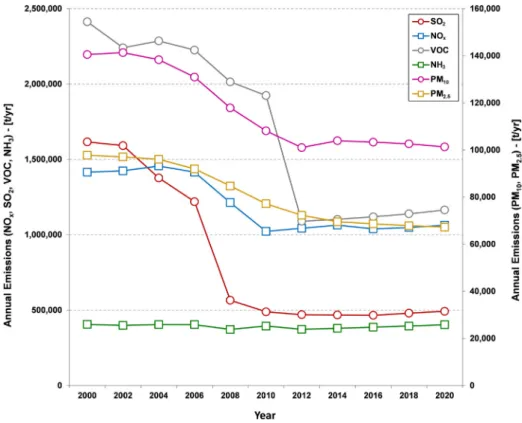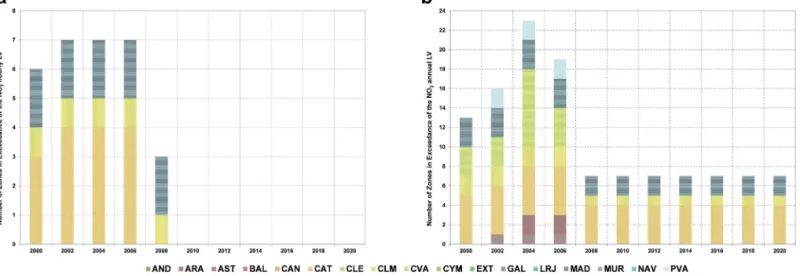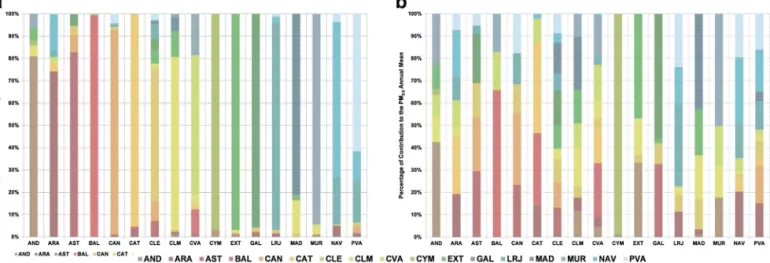An integrated assessment of two decades of air pollution policy making in Spain: Impacts, costs and improvements
Texto completo
Figure




Documento similar
Specifically, in- sufficient attention has been given to the importance of the establishment, for the first time in Spain, of an eval- uation policy administered by the
Before offering the results of the analysis, it is necessary to settle the framework in which they are rooted. Considering that there are different and
In a publication in the International Journal of Management and Decision Making [55] the “Circumplex Hierarchical Representation of Organization Maturity Assessment” (CHROMA) model
We advance the hypothesis that fraudulent behaviours by finan- cial institutions are associated with substantial physical and mental health problems in the affected populations.
Chapter 2 describes the definition of general concepts used in this thesis and the framework used for the decisión making for the design of the supply chain management,
In the preparation of this report, the Venice Commission has relied on the comments of its rapporteurs; its recently adopted Report on Respect for Democracy, Human Rights and the Rule
In the “big picture” perspective of the recent years that we have described in Brazil, Spain, Portugal and Puerto Rico there are some similarities and important differences,
any bioassay, it is imperative to standardize the methodologies of active and passive biomonitoring in order to enhance the reliability and reproducibility of the

